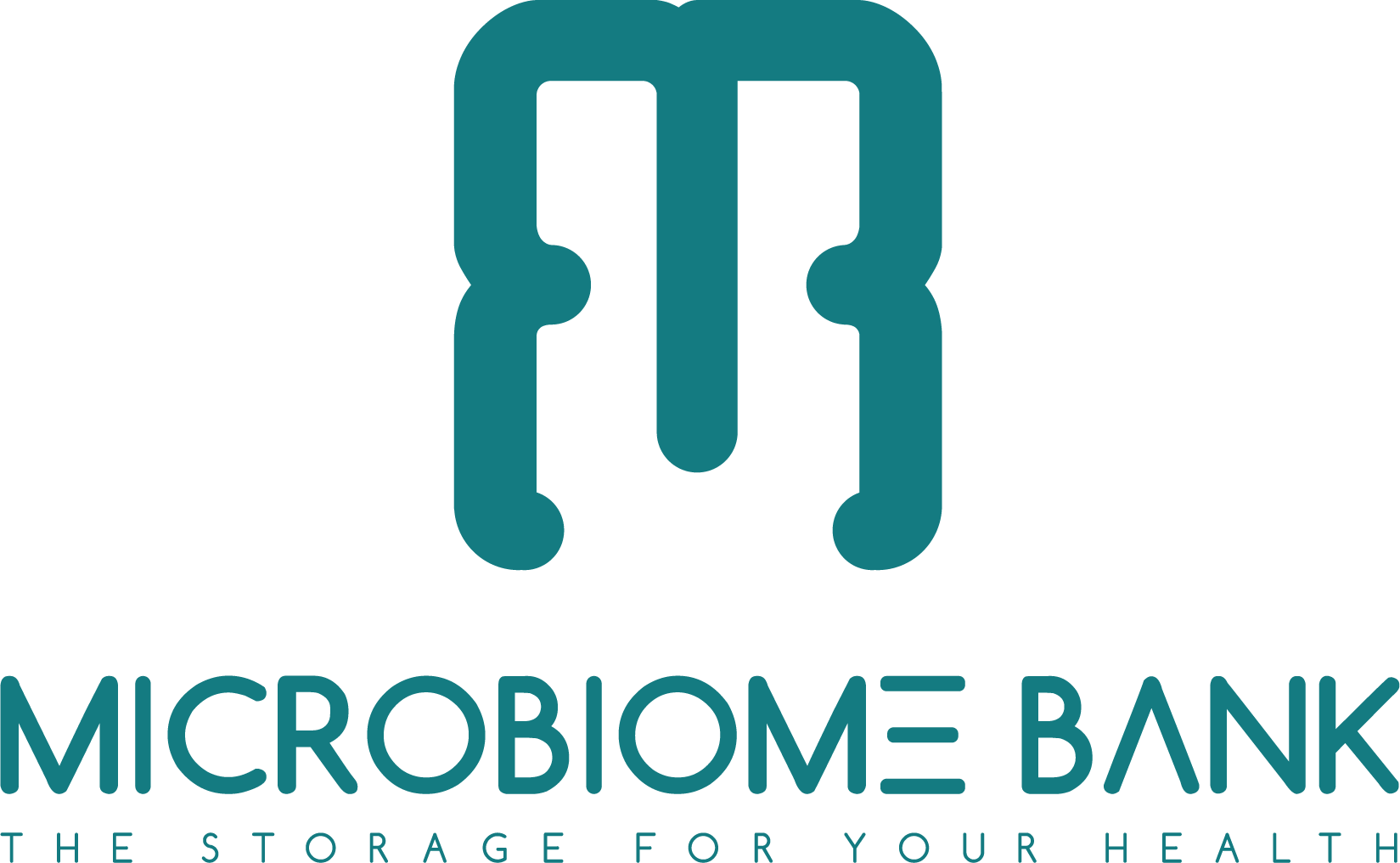My Cells Needed a Microbial Upgrade
He had felt it for years - that creeping fatigue that no coffee could fix. His labs looked fine, his diet clean. But deep inside, he knew something was off. Not just a gut issue. Not just aging. Something cellular. That’s when he began connecting the dots: the gut microbiota wasn’t just digesting food - it was shaping his mitochondrial function, the tiny power plants inside every cell.
The science was striking. Certain gut microbes produce short-chain fatty acids (SCFAs) like butyrate, which regulate gene expression, fuel colon cells, and even stimulate mitochondrial biogenesis. Others help process polyphenols from food, transforming them into bioactive compounds that support oxidative metabolism and energy production. The gut, it turned out, wasn’t just an immune organ—it was a bioenergetic co-pilot.
But he also learned the nuances. Not every microbial metabolite is friendly. Just as butyrate enhances mitochondrial efficiency, hydrogen sulfide in excess can impair it. The balance of microbial communities determined whether his mitochondria were supported - or sabotaged. It wasn’t about adding one “superfood” or one “super microbe,” but about cultivating diversity so that protective metabolites dominated the conversation.
He adjusted his strategy. He prioritized foods that fed both mitochondria and microbes: dark berries, leafy greens, turmeric, omega-3s, fermented garlic, and pasture-raised liver. His favorite that he would occasionally share with Gazsi. He secretly added targeted nutrients like PQQ and CoQ10 - known to support mitochondrial density and electron transport - and paired them with prebiotics and kefir to improve absorption and synergy.
Lifestyle changes became non-negotiable. More sunlight and morning walks, less blue light after dark. Earlier bedtimes, deeper sleep, and consistent Zone 2 training - the kind of low-intensity, fat-fueled exercise shown to build mitochondrial density without burning out stress systems. He stopped overtraining and instead trained for energy economy, not exhaustion.
Within weeks, he noticed a shift. Not a dramatic jolt, but a steady hum: more stable energy, clearer mornings, cravings dialed down. Brain fog lifted on days after long, rhythmic cardio. His gut wasn’t just digesting - it was charging. His microbes weren’t passive bystanders - they were producing metabolites that tuned his cellular engines.
He realized this wasn’t a quick fix. Mitochondrial adaptations take time, and the gut is a long-term collaborator, not a weekend guest. But by supporting both systems at once, he was no longer “underpowered.” The idea of using UltraBiome once again hit him. He was finally recharging from the root, with a foundation built to last.
Next week: “How Sweet It Isn’t” — artificial sweeteners, glucose chaos, and the microbiome backlash.


